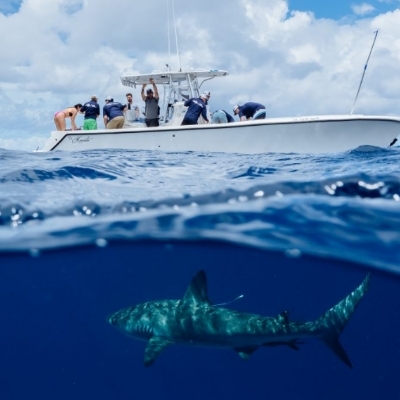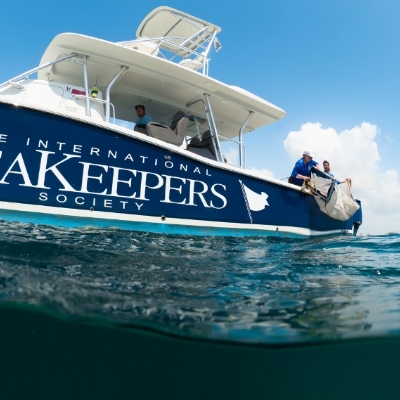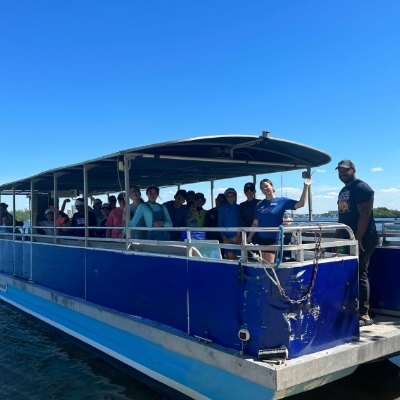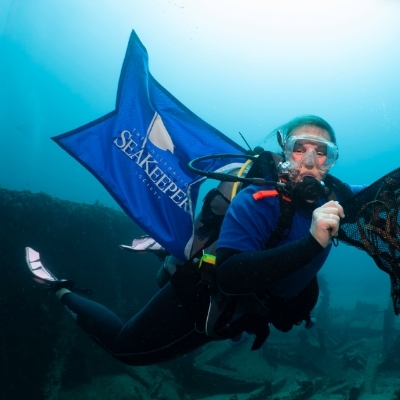Background:
Deep-sea ecosystems in the Red Sea have long believed to be largely devoid of life due to its hypersaline and warm waters, based on sparse and random observations of the Red Sea Rift (RSR) (Thiel, 1979; Oliver et al., 2015; Vestheim & Kaartvedt, 2016; Pearce et al., 2023). However, increasing evidence is pointing to rather a largely undescribed and novel biological diversity. The Red Sea is one of the youngest oceans in the world and is an exceptional example for ocean basin formation (Augustin et al, 2021; Girdler 1991). The unique geology and oceanography have formed a unique and diverse ecosystem, with a very high occurrence of species thriving only in the Red Sea (Berumen et al., 2019; DiBatiista et al., 2016). Deep-sea habitats are also home to diverse microbes, including chemosynthetic organisms that play a key role in the carbon cycle in dark ecosystems and form the base of food webs for higher life (Sievert and Vetriani, 2012). Microbes not only play a key role in deep-sea communities, where they thrive at extreme conditions (Jebbar et al., 2015; Dick, 2019; Zeng et al., 2021), but they are also essential role for the survival of deep-sea corals (Peixoto et al., 2021) and key ecological functions. The exact functions of the microbial groups and their roles in ecosystem cycles are yet to be determined.
Mission:
This project aims to characterize the habitats in selected areas on the deep Red Sea Rift, below 500 m depth, to identify the parameters that drive the habitat and biological diversity. In addition, deep ocean and the vast subseafloor hold the largest quantity of carbon on Earth and provide the biggest space and capability for carbon storage. The massive potential of the deep ocean and subseafloor is yet to be fully explored and likely heavily relies on benthic organisms. Researchers from KAUST will study the marine life and ecosystem composition of hydrothermal vent fields to provide a baseline for biodiversity conservation efforts and habitat monitoring. They will also focus on biogeochemical cycles and the carbon cycle to gain insights into the blue carbon capacity of benthic organisms in the deep Red Sea. The researchers will perform detailed mapping and observations with ROV and bathymetry or side scan sonar techniques for selected areas, and will collect geological, seawater, benthic, and microbial samples. Ideally, this expedition will occur again in the near future for further sampling.
Research Impacts & Applications:
Data generated from this expedition may be important for guidelines regarding the protection of these unique deep-sea ecosystems in the Red Sea. Samples and data collected will be published in scientific journals and used in student theses to inform further research on deep-sea hydrothermal vent fields.




